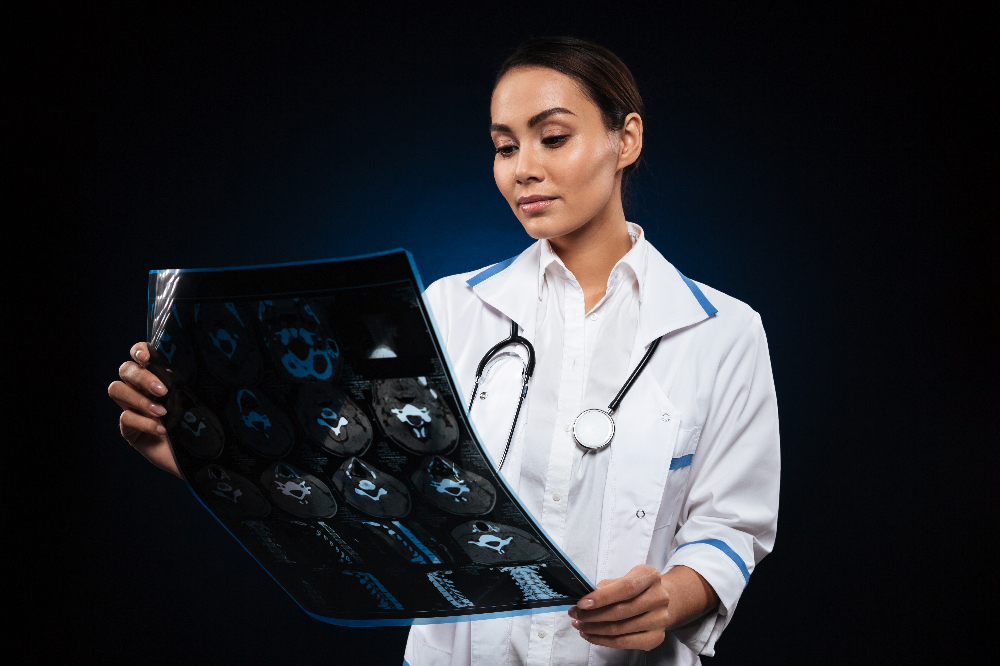Tele-radiology is a part of telemedicine where radiological medical images in different modalities are transmitted from one place to another location for sharing with other radiologists and physicians for study evaluation and interpretation. Tele-radiologists evaluate investigations and images remotely, as opposed to on-site radiologists, without physically being at the patient's location. The sub-specialists like MRI radiologists, Neuroradiologists, Paediatric Radiologists, or Musculoskeletal radiologists might be required but are typically found only in large cities or metropolitan cities during daytime hours. This means that teleradiology can help you reach any qualified specialist in this field 24/7.
Tele-radiology is revolutionizing the medical field. This makes it possible for radiologists to analyze images at any time and from any location. This is important because of availability. Timely diagnosis is crucial when dealing with emergencies or in remote places.
It has numerous advantages like better patient outcomes, shorter waiting times, and the use of more effective resources are what it implies for the healthcare industry. Faster diagnosis results in prompt treatment for patients and helps us to avoid further medical complications. Tele-radiology fills in the gaps, guaranteeing that high-quality care reaches every corner of India, a country where healthcare access is highly uneven.
The market for teleradiology is expected to grow rapidly on a global scale due to rising telemedicine demand and technological improvements. It is projected to expand at a compound annual growth rate (CAGR) of 15.3% to reach $14.8 billion by 2026. Future trends include virtual reality for immersive imaging experiences and AI integration for quicker, more accurate diagnostics.
In the current scenario where around 700 -800 scans are done per day by radiologists in a hospital and the workload is expected to increase over the years due to the scarcity of radiologists, the increasing prevalence of chronic diseases, and an increase in the number of geriatric population (by 2050 it is expected to reach 446.6 million). Tele-radiology can play a pivotal role and bridge the gap, it has transformed how we interpret diagnostic images by allowing remote analysis, speeding up report delivery, and making care accessible across different locations and time zones.
Tele-radiology isn't just about images; it's about saving lives and transforming healthcare accessibility. Its growth trajectory signals a future where quality healthcare knows no boundaries.
Ms. Reeja Raveendran
Senior Officer
Business Development - Market Research Analyst MHRG


